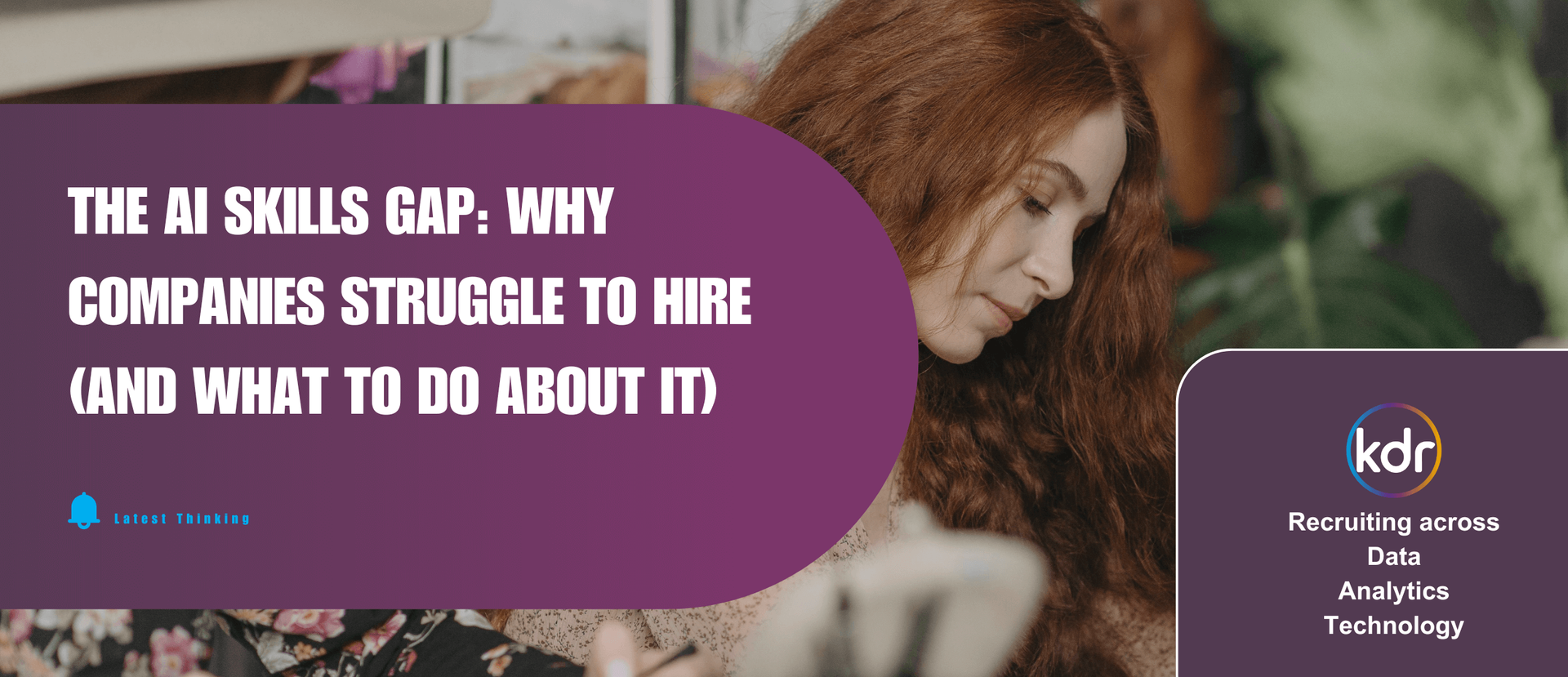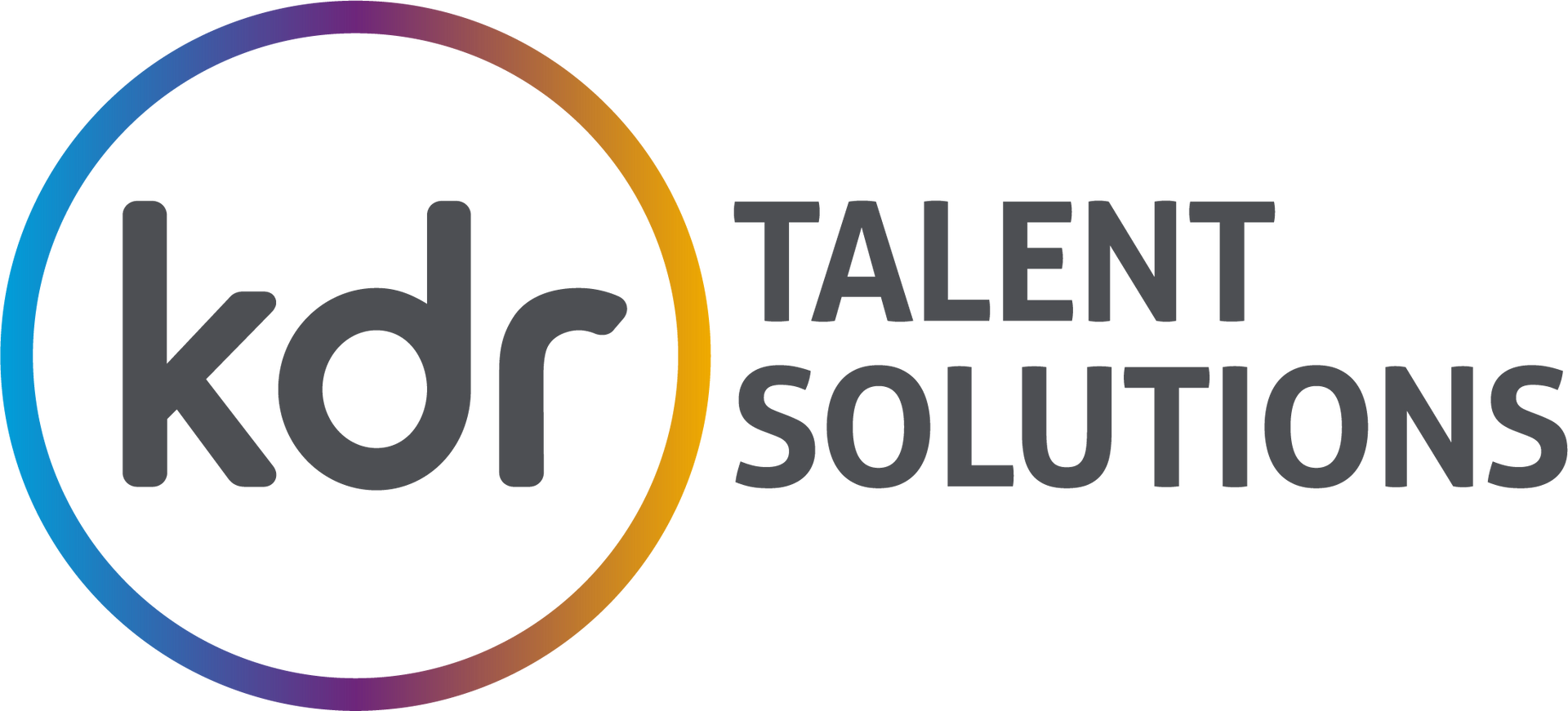Data Recruitment Strategies that Target Your Ideal Audience
When it comes to data recruitment, the landscape is more competitive than ever before.

In today's digital age, finding and attracting the right candidates with the necessary data skills can be a daunting task. This comprehensive guide will walk you through proven recruitment strategies to reach your ideal data audience. Whether you're a hiring manager or talent acquisition professional these insights will help you secure top talent for your organisation.
Introduction
Having the right people on your team can make all the difference. The success of your projects, the innovation in your products, and the growth of your business hinge on finding and recruiting individuals with the right data skills. To accomplish this, you need to tailor your recruitment efforts to reach the right audience effectively. Let's dive into strategies that will transform your data recruitment game.
Before Recruitment Begins: Understanding Your Ideal Data Audience
Before we delve into specific strategies, it's crucial to understand who your ideal data audience is. This involves defining the characteristics, skills, and experiences that your potential candidates should possess. To do this effectively, consider the following factors:
1. Data Roles and Specialisations
Identify the specific data roles and specialisations your organisation requires. Do you need data analysts, data scientists, data engineers, or machine learning experts? Understanding this will help you target the right professionals. Often, when building out a team, the roles you think you need first are not the ones that will help the team to grow. Asking your recruitment partner for advice on this can provide market wide insights, gained from many years in the industry and an understanding of what works and what doesn’t.
2. Skills and Qualifications
Determine the key skills and qualifications necessary for success in these roles. This might include proficiency in programming languages, data visualisation tools, statistical analysis, or machine learning frameworks. As a side note here, often lack of time means role descriptions carry forward legacy requirements from day dot. It really pays to rethink the job description at this point so that scope creep doesn’t set in further down the line, delaying the recruitment process even further.
3. Industry and Domain Knowledge
Consider the industry or domain expertise that's relevant to your organisation. Certain roles may require knowledge of finance, healthcare, e-commerce, or other specific sectors. However! Most roles really can support transferable “industry” skills as long as the job relevant skills are there, industries and legislations can be learned. This can help to open up your roles to wider audiences of relevant and innovative candidates.
4. Cultural Fit
Whilst team fit is important, consider what your team is lacking rather than what will fit in. A vibrant diverse team of unique individuals is healthy and innovative. Herd thinking can set in if people are hired because they are similar to everyone else.
5. Geographical Location
Depending on your organisation's location and remote work policies, you may need to target candidates within a specific geographical area or open your search to a global pool of talent. Your recruitment partner will have the insights needed to understand if there are pockets of talent around the countries you are interested in. Considering remote work is extremely beneficial as it completely opens up the talent pool, allowing you access to the best people rather than being constrained by a geographical area.
Now that you have a clear understanding of your ideal data recruitment audience, let's explore the strategies to attract them.
Crafting Compelling Job Descriptions
Highlight the Exciting Challenges
It's essential to make your job postings stand out from the rest. Rather than listing generic job responsibilities, focus on the exciting challenges and opportunities candidates will encounter. Use language that ignites curiosity and enthusiasm. Many data professionals are looking for companies where the data function has buy in and support from the rest of the business. If you know this to be the case, make sure to add this in to the job advert.
Showcase Your Company's Mission
Incorporate your organisation's mission and values into the job description. Candidates are more likely to be drawn to companies that align with their personal values and beliefs. If you have a commitment to diversity talk about how this is happening rather than adding in generic rhetoric around ED&I.
Offer Career Growth Opportunities
Top data professionals are often looking for opportunities to grow and develop their skills. Highlight your company's commitment to professional development and advancement.
Leverage LSI Keywords
Integrate Latent Semantic Indexing (LSI) keywords naturally into your job descriptions. These keywords are contextually related to your main keywords and can improve your search engine ranking.
Building an Appealing Career Page
Create Engaging Content
Your career page is a reflection of your organisation. Include compelling content, such as employee testimonials, videos, and success stories, to give potential candidates an inside look at your company culture.
Streamline Application Process
Make it easy for candidates to apply. Lengthy and complex application processes can deter qualified individuals. Ensure that the application process is user-friendly and efficient. Don’t make candidates jump through hoops, like sending in a CV and then filling out exactly the same information online. Ensure you have really robust communication touch points throughout the process. One of the biggest bug bears for candidates is when they don’t hear anything back after applying or going for interview.
Optimise for Mobile
In today's mobile-centric world, ensure that your career page is optimised for mobile devices. A responsive design enhances the user experience and attracts a broader audience.
Utilising Social Media and Professional Networks
Harness LinkedIn
LinkedIn is a goldmine for talent acquisition in the professional realm. Use your company's LinkedIn page to share job openings, engage with potential candidates, and build a strong network.
Leverage Industry Forums
Participate in industry-specific forums and communities. By contributing valuable insights and connecting with professionals, you can establish your organisation as a thought leader and attract talent.
Employee Advocacy
Encourage your employees to share job openings on their personal social media profiles. Employee referrals are a powerful tool for recruitment.
Partnering with Educational Institutions
Collaborate with Universities
Forge partnerships with universities and educational institutions. Establishing internship programs, offering guest lectures, and participating in career fairs can help you identify and nurture young talent. This is often an untapped area for organisations, however, although it requires some effort and planning, starting an early talent programme ensures you have a steady influx of new talent coming into the business.
Sponsor Data Competitions
On a similar note to the above point, sponsoring data competitions or hackathons can showcase your organisation's commitment to data excellence and attract highly motivated candidates who may be starting out on their career.
Networking Events and Conferences
Attend Industry Events
Participate in data-related conferences and events. These gatherings provide an excellent opportunity to connect with potential candidates and establish your organisation's presence.
Host Webinars and Workshops
Organise webinars and workshops on data-related topics. Sharing knowledge and expertise demonstrates your commitment to the field and can attract like-minded professionals. Basically the more outward facing content and activities that you can showcase, the better it is for candidates when researching your company. You will create a basis for becoming an employer of choice.
Employee Referral Programs
Incentivise Referrals
Implement an employee referral program with attractive incentives. This encourages your current employees to recommend qualified candidates from their professional networks.
Measuring and Iterating
Analyse Recruitment Metrics
Regularly track and analyse recruitment metrics to assess the effectiveness of your strategies. Metrics like time-to-fill, cost-per-hire, and candidate satisfaction can provide valuable insights.
Adapt and Improve
Based on your analysis, adapt your recruitment strategies. Experiment with different approaches and continually refine your methods to reach your ideal data recruitment audience more effectively.






